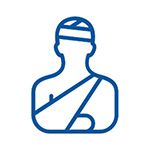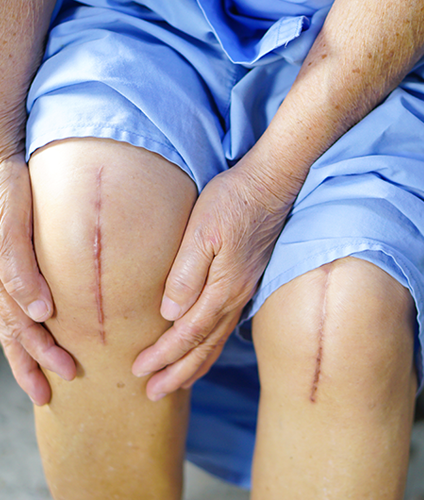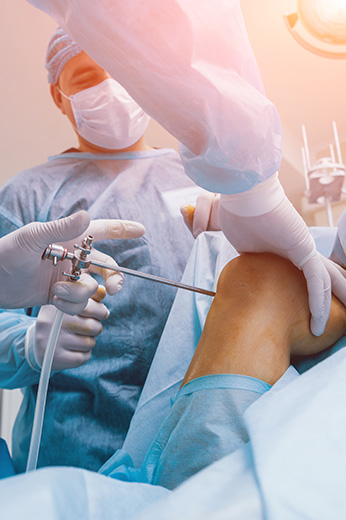

In your body, the range of disorders that affect the
● muscles
● bones
● tendons
● blood vessels
● nerves
● other soft tissues
are called Musculoskeletal disorders (MSD). The other terms that are commonly used to address these set of disorders are Repetitive Strain Injury (RSI).
Some few examples of musculoskeletal disorders are Carpal Tunnel Syndrome, Tendinitis, bone fractures, Rheumatoid arthritis, Tenosynovitis and Bursitis.
People who suffer from musculoskeletal disorders frequently complain about severe pain throughout the body. The muscles feel like they are constantly pulled or overworked even without having done any kind of physical effort. In some cases, the muscles may twitch or burn. The most common symptoms of musculoskeletal disorders are:
recurrent pain
● stiff joints
● swelling
● dull aches
● Fatigue
● Sleep disturbances
Before discussing the causes of musculoskeletal disorders, there are several factors which increase the risk of getting musculoskeletal disorders. They are:
● age
● activity graph
● Kind of work you do
● lifestyle
● A family history of such disorders
On the other hand, the causes of musculoskeletal disorders are excessive indulgence in the following types of activities. They are:
● Constantly sitting in only one position at the computer or desk all day.
● Getting involved in repetitive motions
● Heavyweight lifting, causing the muscles to pull badly
● Poor posture at work, at a walk, or even standing.
If you feel that you are experiencing symptoms of MSD, then you should make an appointment with your doctor for a complete diagnosis. In order to diagnose the condition from the symptoms that you'll mention to the doctor, the doctor may check for the following:
● pain
● swelling
● muscle weakness
● Inflammation or redness
● muscle atrophy
The doctor may also test the muscle reflex, as unusual reflexes normally indicate muscle damage.
Along with this the doctor may also take an X-ray test and MRI scans to deeply examine your bones and tissues, check for the presence of rheumatic arthritis from blood tests.
There are a number of techniques which are used in musculoskeletal surgery. Earlier, the musculoskeletal surgery used to be invasive, however, since the last couple of years, there have been lesser invasive procedures which are now out and have certain advantages such as lesser recovery time, risks, and complications of surgery.
Here are the most common musculoskeletal surgery procedures opted to treat musculoskeletal disorders.
● Hip replacement: Hip replacement surgery is a procedure in which a doctor surgically removes a painful hip joint with arthritis and replaces it with an artificial joint often made from metal and plastic components.
People between the age of 50 and 80 are the most common ones to get a Hip Replacement Surgery done. The Hip Replacement Surgery is usually carried out to treat the arthritis caused at the hip joint.
● Knee replacement, A knee replacement, which is also called knee arthroplasty, is a surgical procedure where the patient's dysfunctional knee joint is replaced with artificial material like metal or plastic.
● Reconstruction of the anterior cruciate ligament (ACL), involves a ligament in the knee. Mostly, athletes participating in sports like rugby, basketball, soccer are the ones to suffer from ACL injuries. In this surgical procedure, new tissues are attached to the torn ligament.
● Carpal tunnel surgery, is performed either via endoscopy or an open technique. However, many patients choose to go for the endoscopic surgery as it is minimally invasive, requiring only small incisions around the palms and wrists.
● Rotator cuff tendon repair is done to treat Rotator cuff tear which is one of the most common problems in middle aged adults which can cause shoulder pain, resulting in restricted movement of the arms and shoulders.
Due to intense involve in activities requiring the use of arms like driving a car, playing sports, the tendon slowly starts to tear apart.
● Ankle fracture repair, which consists of bringing back and holding the broken bones together by using biocompatible screws and metal plates.
Depending on the severity and invasive nature of the type of musculoskeletal surgery, the doctor may carry out the surgery under general or local anesthesia.


Globally Trusted Brands
Inquire Now
Knee, Hip and Shoulder Replacements
Share Your Reports
Computer Navigated and Keyhole Knee Surgeries
Recover Fast